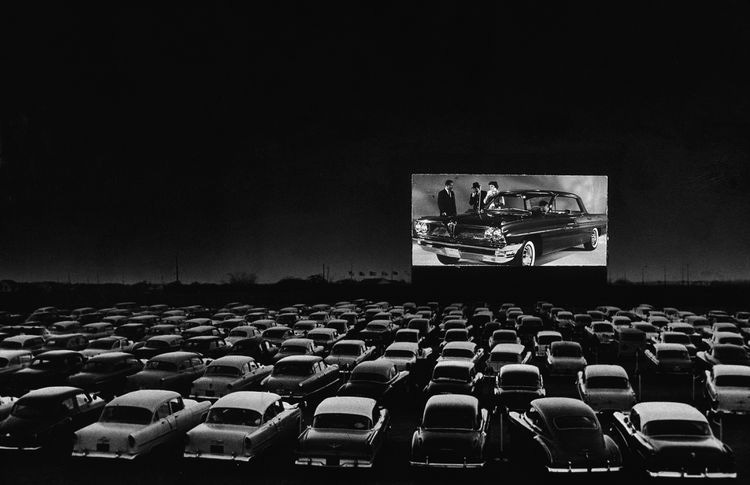Riding In A Picture Car
Kinetic scenes are making a comeback.
The Route 24 Roadmap
If you’re new here, welcome! If you’ve been here since day one, thanks for showing up week after week! My name is Sam and I’m on a mission to help restore public trust. This is a space where I look closer at moments of global and national significance to show you how cycles of misinformation and disinformation disorient communities.
Probable Cause is an XR civic education gaming experience that puts you in the driver’s seat to explore issues of public safety from community-centered perspectives. Route 24 is its companion newsletter that invites you to explore our creative process on the project as we build, deconstructing the real-world impact of policies and practices in transportation infrastructure, immigration reform, environmental justice, racial equity, and more to jumpstart public awareness and, in turn, mobilize narrative change.
Scenic Route is a weekly column that parks in your inbox on Saturdays to merge the lanes of emerging technology, immersive storytelling, and politics and help you find a better view.
Every follow, share, and subscription helps to keep this work going and reach the people the mainstream media often misses. For riders in a position to financially contribute, your dollars support the creative team with the critical resources needed to iterate, travel, and scale.
Thank you for joining me on this road! Start your engines….

IN THIS ISSUE: What makes a scene feel kinetic? I spent some time on my flight to New York considering what drives momentum in a scene— the thing that happens in a sequence that makes you want to keep watching. The most obvious examples usually exist in the horror and action-adventure genres: those moments that make you say, “don’t do that!” and then, of course, the person goes and does exactly that. It’s these inciting incidents that rev up the emotional engines of the audience, making each viewer feel as though they know more than the character playing the scene. In this issue, I write about some of those kinetic techniques and devices and how they’re sourced in Probable Cause.
Earlier this week, I rounded out Route 24’s Driver’s Ed series on inclusive education with a focus on its global impact. In case you missed it, get up to speed here.
As always, thanks for taking a ride on Route 24! I’ll see you back on this road on Tuesday for a new topic: decision science.
Stay the course,
Sam
Sam Reetz, is a filmmaker, performer, and founder at Millennial Ethics, creating narrative solutions to complex issues.
Follow her work on Bluesky, Substack and Instagram.
In Philip Koch’s mystery-thriller film, Brick, a Tetris-like wall creates literal movement from one sequence to the next. Set across multiple floors in an apartment building with a programmable wall as their main obstacle, tensions build between tenants in the building as they search for a viable exit route.
In Jordan Scott’s psychological thriller-drama, A Sacrifice, a person’s vulnerabilities create momentum in each scene. Here it’s the collective vulnerabilities of an expert, a detective, a college student, and a cult recruiter that intersect to reveal the manipulative tactics of a cult leader.
In Benjamin Gutsche’s sci-fi-thriller-horror series, Cassandra, and in Tony Basgallop’s thriller series, The Consultant, momentum between sequences is driven by third party control as a physical presence. In Cassandra, the namesake character - once a matriarch, now a domestic artificial intelligence - directly controls the situational outcomes of whomever she comes into contact with. In The Consultant, a third party hire assumes operational control of a gaming company in crisis, directly affecting the situational outcomes of the staff he comes into contact with.
In the world building of Probable Cause, we combine each kinetic approach to move scenes forward. We source literal movement using key features from transportation and policing infrastructure (e.g., a traffic light or a police checkpoint). We source psychological movement by introducing each player to different situational contexts, where decision outcomes are directly impacted by that player’s preexisting vulnerabilities. We source physical control mechanisms in the interactions between characters and players, as each decision that helps a player to advance in the game is controlled by their dialogue choices.
What examples of kinetic scenes come to mind for you? I’ll share your responses in next week’s issue.

Do you or someone you know write about filmmaking on Substack? Introduce yourself and what you write about or share a FilmStack you’d recommend.



